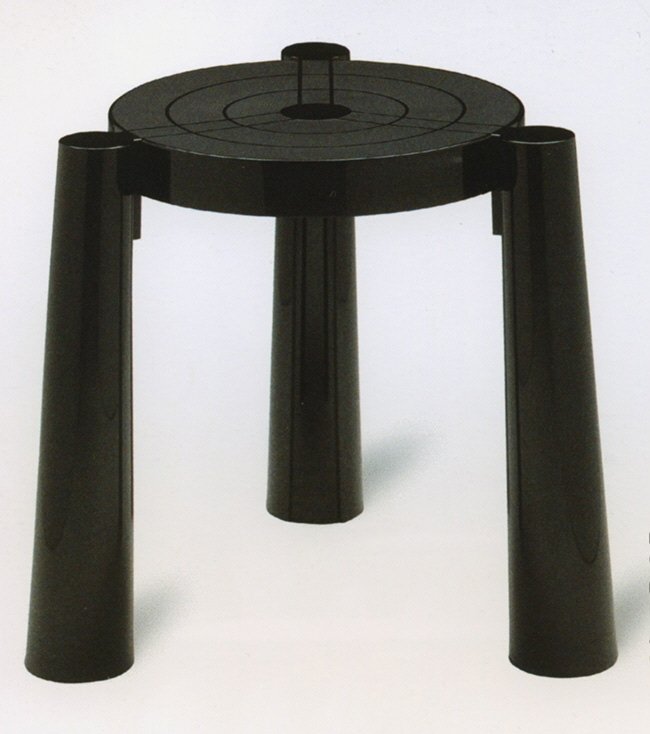ANNA CASTELLI FERRIERI
WOMEN IN DESIGN / ANNA CASTELLI FERRIERI
Portrait of Anna Castelli Ferrieri
Born in Milan in 1918, Anna Castelli Ferrieri was a prominent Italian architect and industrial designer who made a significant impact on post-war modern Italian design. She studied architecture and was one of the first women to graduate from the revered Milan Polytechnic Institute in 1943.
Her design philosophy was inspired by her mentor, Italian architect Franco Albini, whose work was centered around reduction, function, and rigorous beauty. This informed what became Ferrieri’s lifetime philosophy. “It is not true that what is useful is beautiful. It is what is beautiful that is useful. Beauty can improve people’s way of life and thinking.” – Anna Castelli Ferrieri
Ferrieri and her husband Giulio Castell co-founded Kartell, an Italian furniture company in 1949 which became a pioneer and global leader in high-quality furniture design; imbuing her philosophy and emphasis on quality design as the company’s Design Director.
Anna Ferrieri Castelli & Giulio Castelli
Her approach to design was informed by the modernist movement, which emphasized simplicity, functionality, and the use of industrial materials. She believed that design should serve a practical purpose and that everyday objects should be beautiful and well-made; characterizing her designs by their clean lines, geometric shapes, and innovative use of plastic materials.
Kartell founders Anna Ferrieri Castelli & Giulio Castelli (1967) with Anna’s first table design for Kartell / Credit: Museo Kartell
The Componibili storage unit, one of Ferrieri's most famous designs, was created for Kartell in 1969. The Componibili is a modular storage system made up of individual units that can be stacked and arranged in a variety of configurations. It was designed to be versatile and functional, with a simple, minimalist aesthetic that reflected her modernist ethos.
Her other works, including: chairs, tables, and other furniture pieces became icons of modern design. She was particularly interested in creating furniture that was lightweight, stackable, and easy to transport, which made her designs popular in public spaces such as airports, train stations, and hospitals.
Ferrieri's impact on design can still be seen today, particularly in the field of industrial design. Her innovative use of plastic materials paved the way for other designers to experiment with new materials and manufacturing techniques. Her emphasis on functionality and simplicity has also been influential, as many contemporary designers continue to prioritize these principles in their work. Her works have been widely recognized and remain relevant and influential more than half a century after its creation.
MORE DESIGNS BY ANNA CASTELLI FERRIERI
4814 Easy Chair (1988) / Credit: Kartell
Collection of Componibili cylindrical storage units (1969).
5500 Series / Collection of stacking bowls for Kartell.
The Kartell headquarters in Naviglio, Italy.
family of Stools 4822/4826 where a cushion can be inserted into the hole of the stool.
Tavello Stool was Castelli Ferrieri's nod to Alvar Aalto's famous three-legged stool.
Sources:
https://designwanted.com/design-icon-anna-castelli-ferrieri/
https://www.phillips.com/detail/anna-castelli-ferrieri/UK050111/118
https://www.nytimes.com/2006/06/28/arts/design/28ferrieri.html
https://www.luxxdesign.com/en-us/blogs/luxx-news/excellence-made-italy-profile-anna-castelli-ferrieri
https://www.aram.co.uk/designers/anna-castelli-ferrieri










